
Field Activities Long-Term Nature Experiences


Field Activities Objectives:
- Describe what it means to be scientifically literate, providing examples of how to enhance science literacy.
- Review and list the seven steps to study a new environment.
- Recall some of the concepts covered earlier in the course in the context of studying habitats.
The goal of science education is to produce people who are scientifically literate.

Literacy has traditionally meant to be able to read and write. The term science literacy means something different: understanding science.
Science literacy is broken into three components that will seem very familiar to you at this point: the concepts, skills, and connections outcomes you are filling in for your final portfolio.
Science Concepts
Characteristics and themes of science knowledge
Science Skills
Techniques for discovering the natural world
Science Connections
Links between science and society, including real-world applications
Whether it is physics, chemistry, or other science, you will have concepts, skills, and connections.

Some aspects of science literacy are used repeatedly, including knowledge about local species, skills involved in treating a cold, or recognizing science icons like the DNA molecule in popular culture.
One of the primary ways you will test your science literacy is in situations when there is limited available information.
Traveling to a new environment is an opportunity to build new knowledge on previous understandings.

Earlier in the course you practiced applying seven steps to assess and collect information on a field site. If you need a refresher on these, review the seven steps before taking this guide’s quiz.
Whenever you arrive at a new ecosystem, consider using the seven steps to develop a richer understanding of the diversity of organisms, ecological interactions, and human impacts.

You don’t have to travel far to develop science literacy through field experiences. Consider becoming an expert on your local habitats.
Even if you do not live near the Willamette Valley, we hope this course brings a familiarity with the region that encourages you to visit some day.
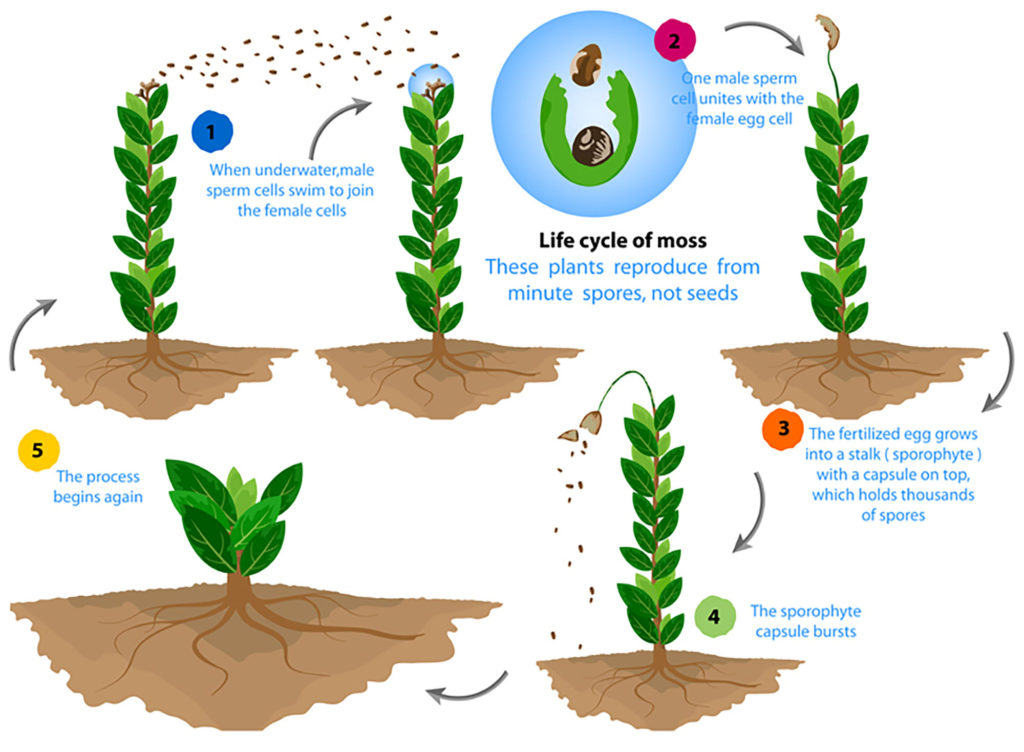
Moss are found throughout the Willamette Valley. From earlier in the course, are moss vascular or nonvascular plants?
Are ferns vascular or nonvascular?
In the Willamette Valley, there are only about five commonly found species of native ferns. It can be relatively easy to become a local “fern expert” and share that knowledge with others.
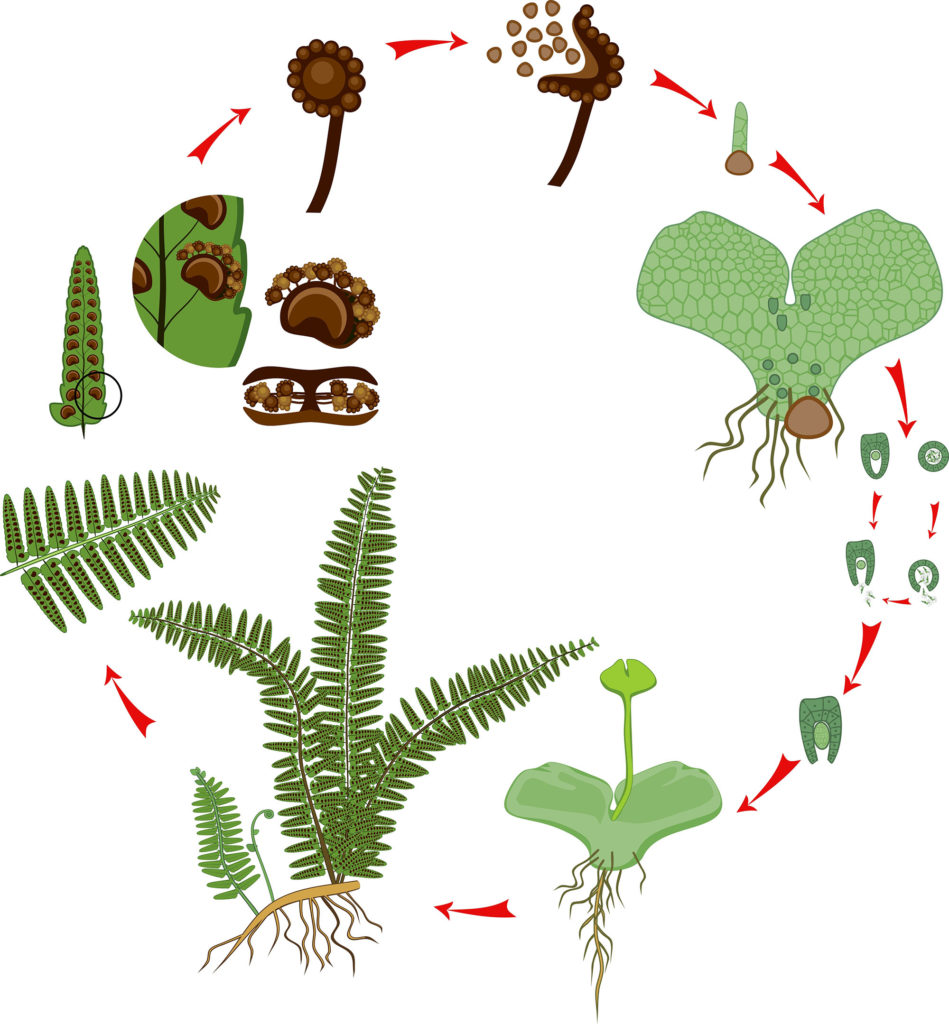
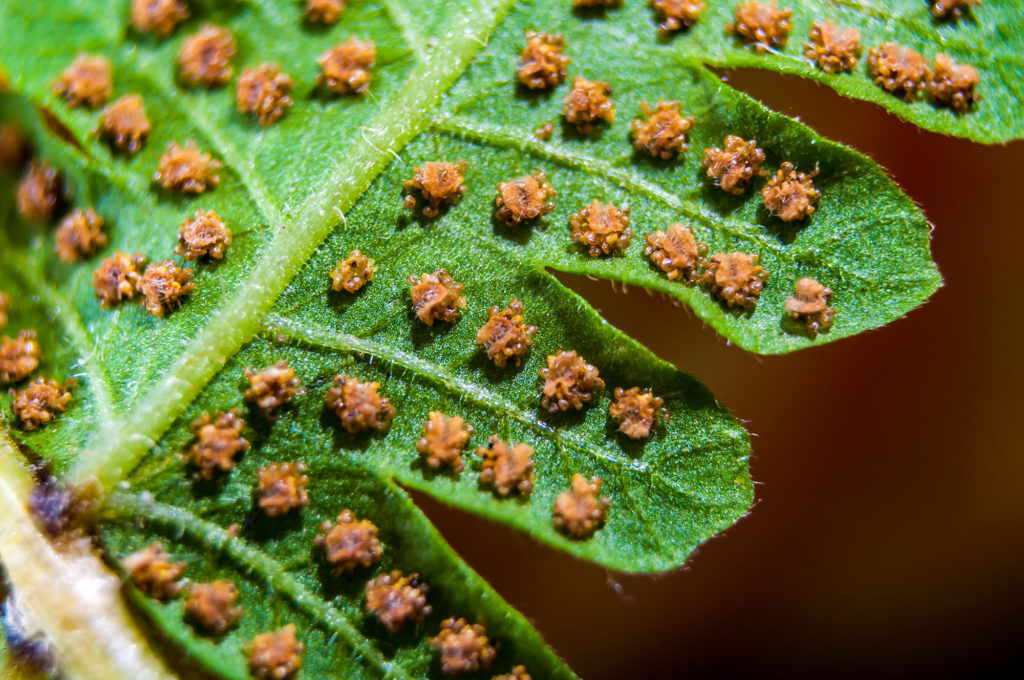
What is the name of the small packets of spores found on the bottom side of fern fronds?
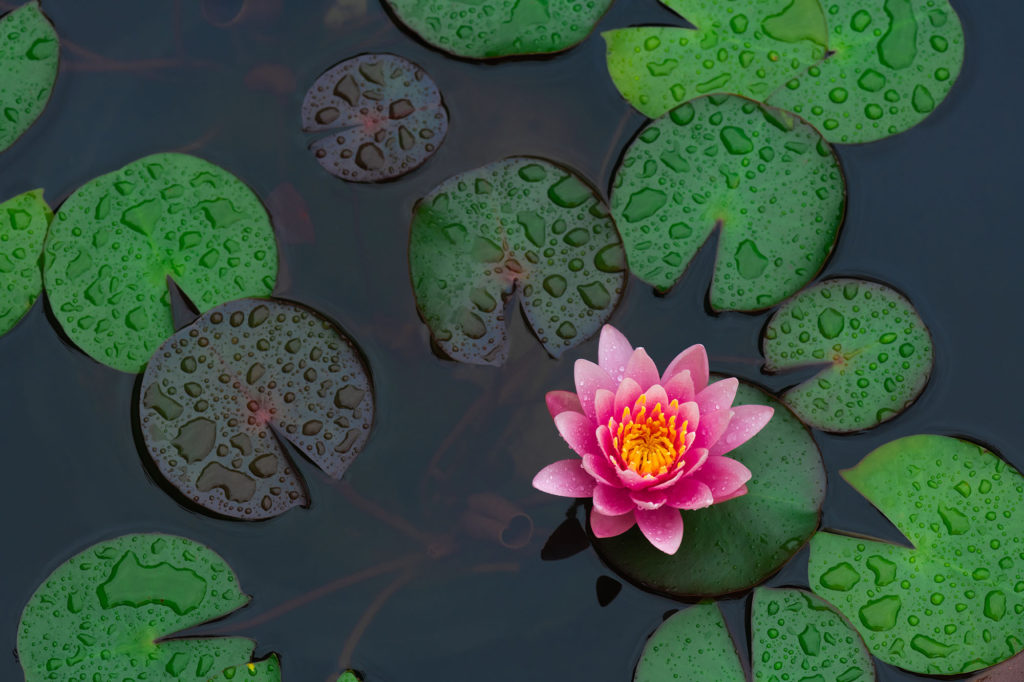
Aquatic plants found in local ponds have strategies for continuing photosynthesis in conditions that could impact gas exchange or light availability.
The leaves of this water lily plant have stomata located on the top of the leaves instead of on the bottom as you observed in an earlier lab. Why?
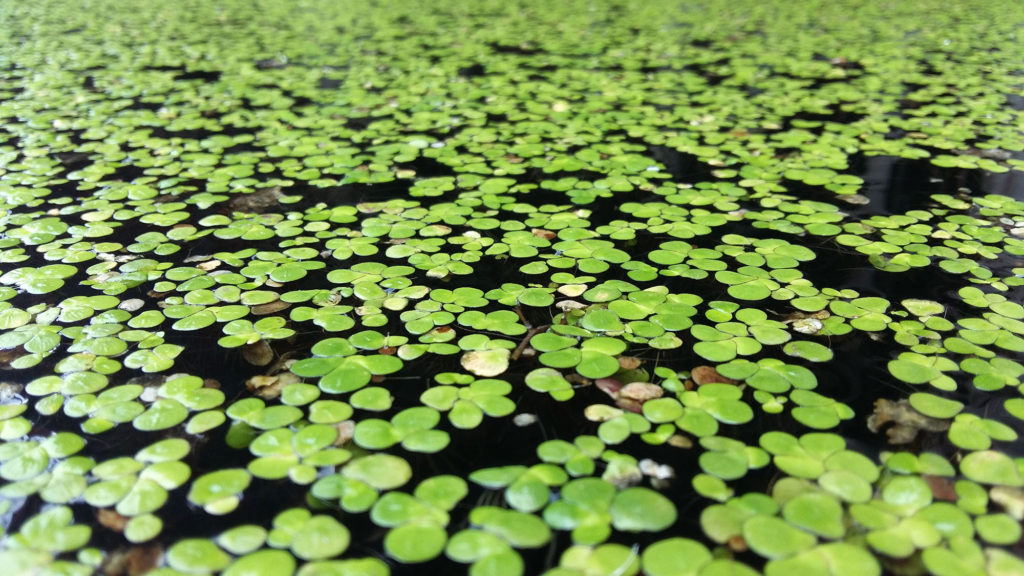
Duckweed
Duckweed and Azolla are not rooted into the soil like water lily plants; they float on top of the water. From earlier in the course, what organisms live within the Azolla, providing nitrogen?
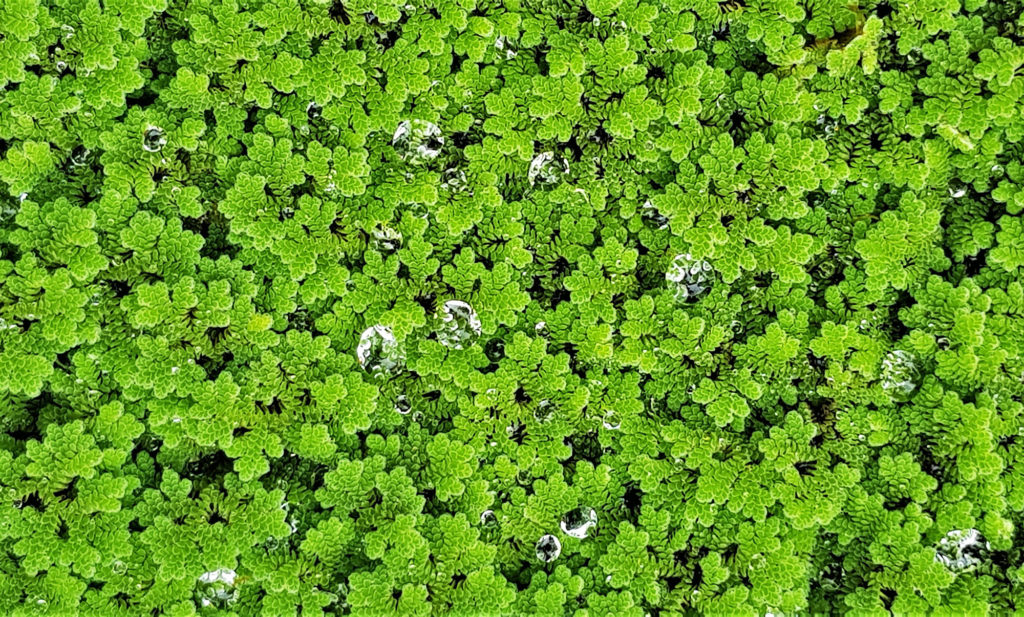
Azolla
All three of the species below are submerged aquatic plants. Water is abundant, but what two other components of productivity can be limited?
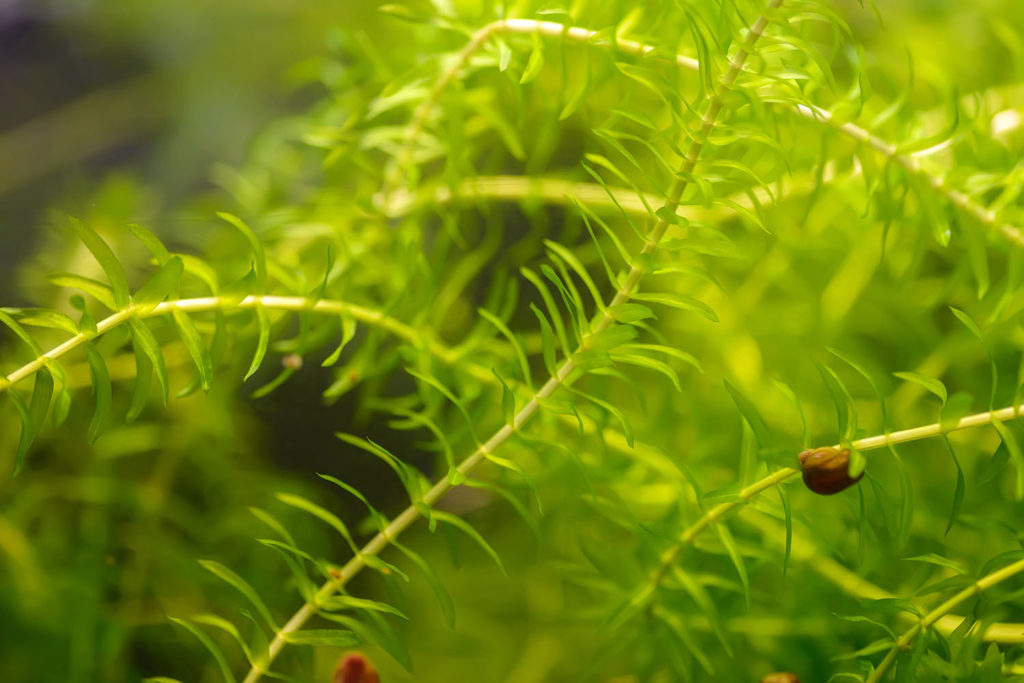
Elodea
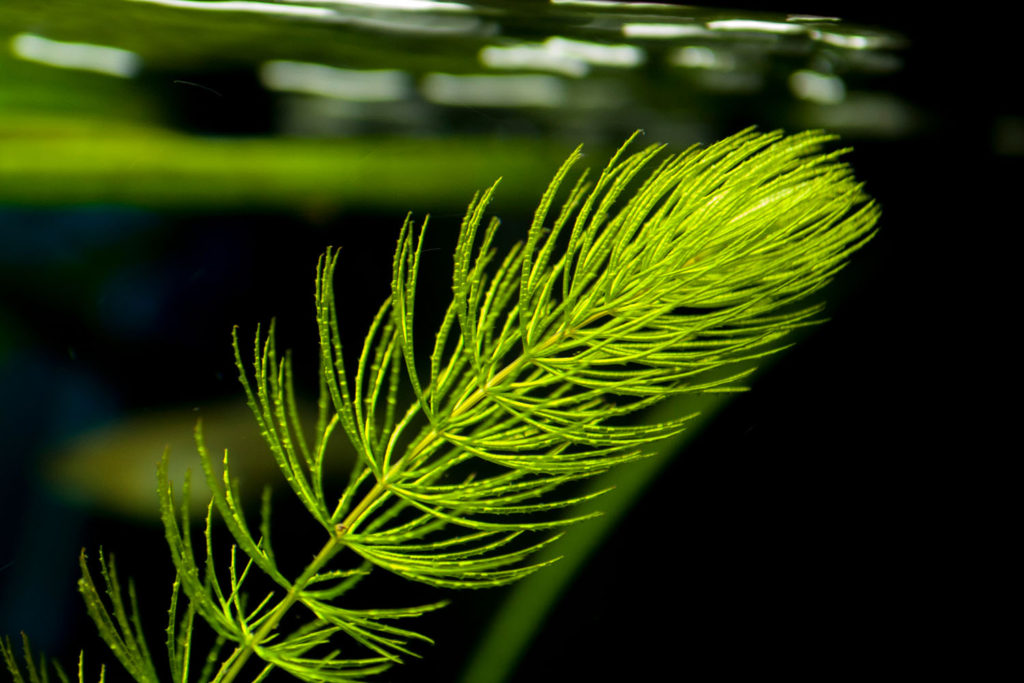
Hornwort
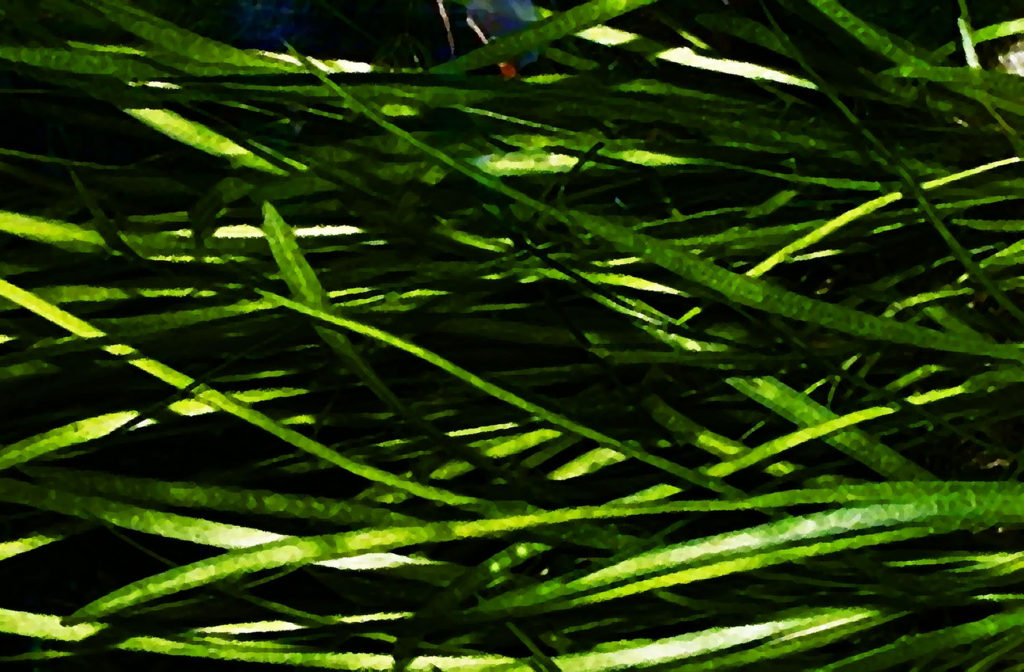
Vallisnaria
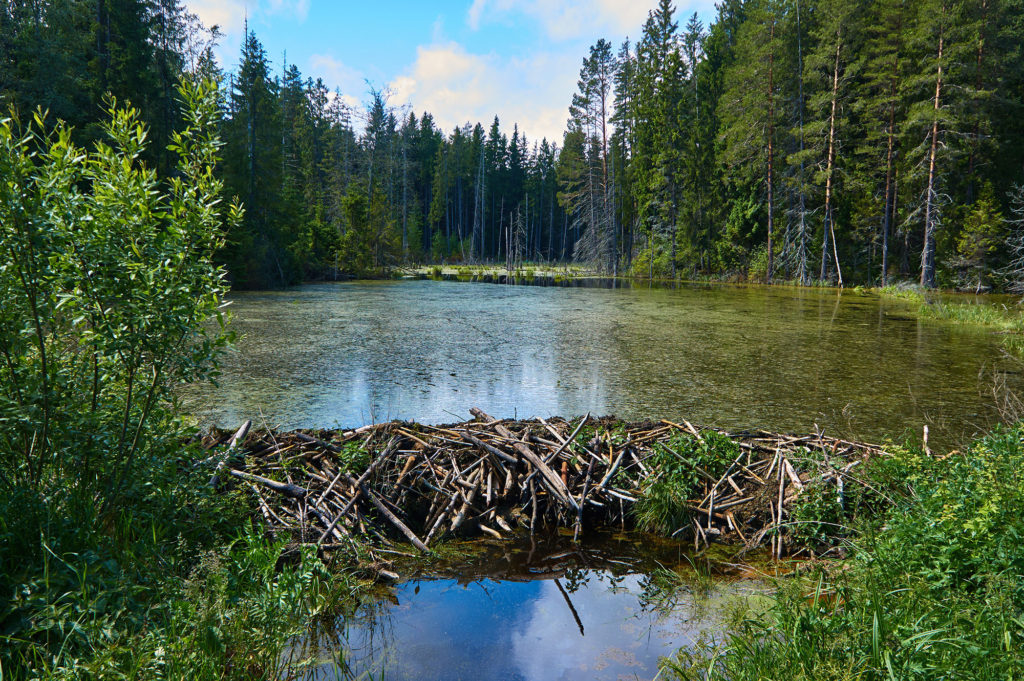
Beaver-created dams can cause ponds to form. What are two ecosystem advantages of beaver dams?
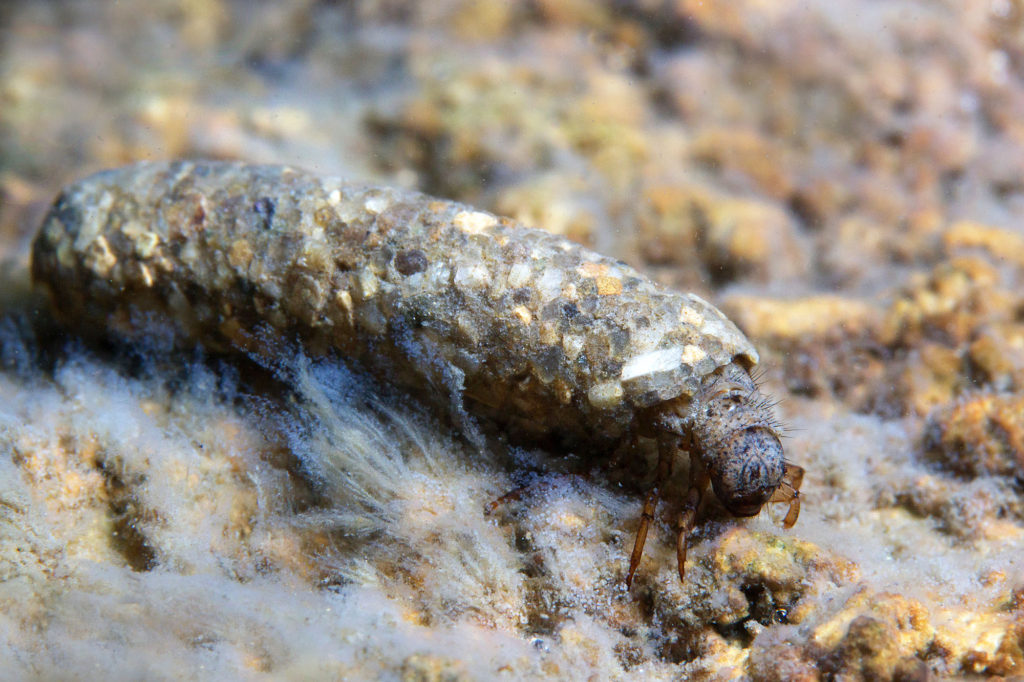
Larva
Within freshwater, species with larvae like the photo on the left can emerge from the water as adults like in the right photo. What are these aquatic insects that can build larval cases out of small sticks and rocks?
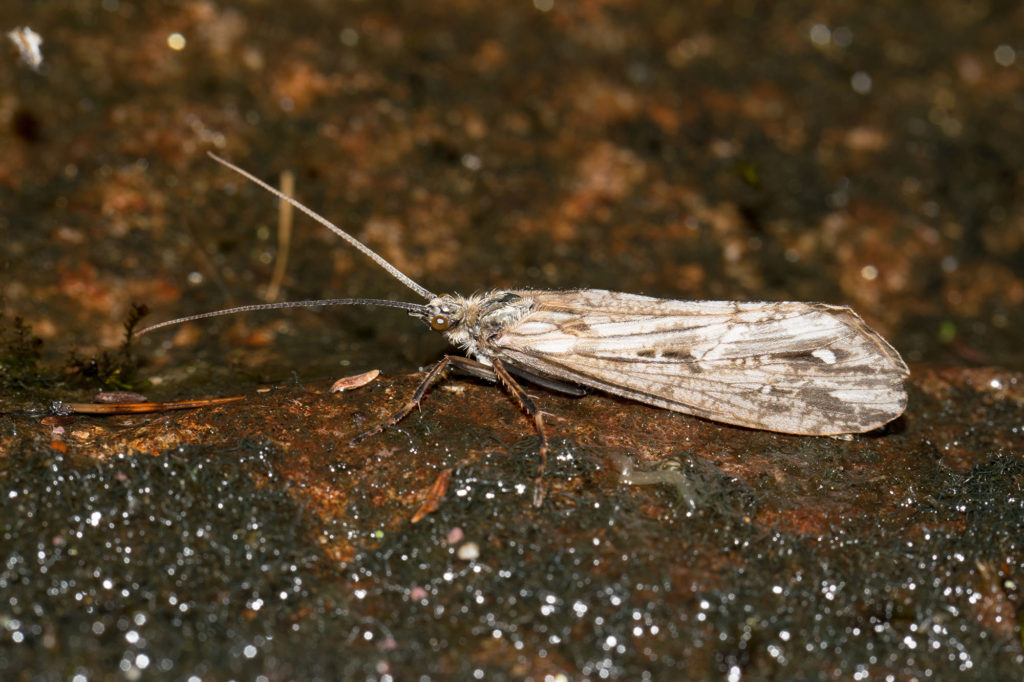
Adult
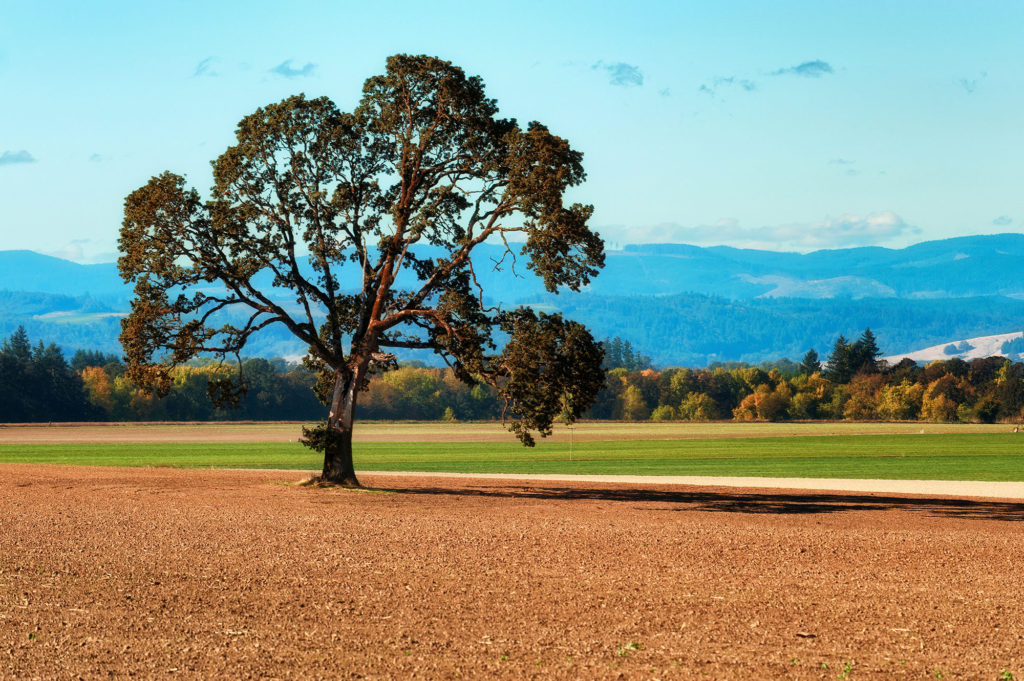
In the Willamette Valley, the temperate grassland prairie occasionally has white oak trees scattered throughout the grasses. A grassland with some trees is called a _____.
Douglas Fir coniferous trees have distinctive cones and pointed orange terminal buds. If you were just using the leaves for identification, how would you tell fir apart from spruce or pine?
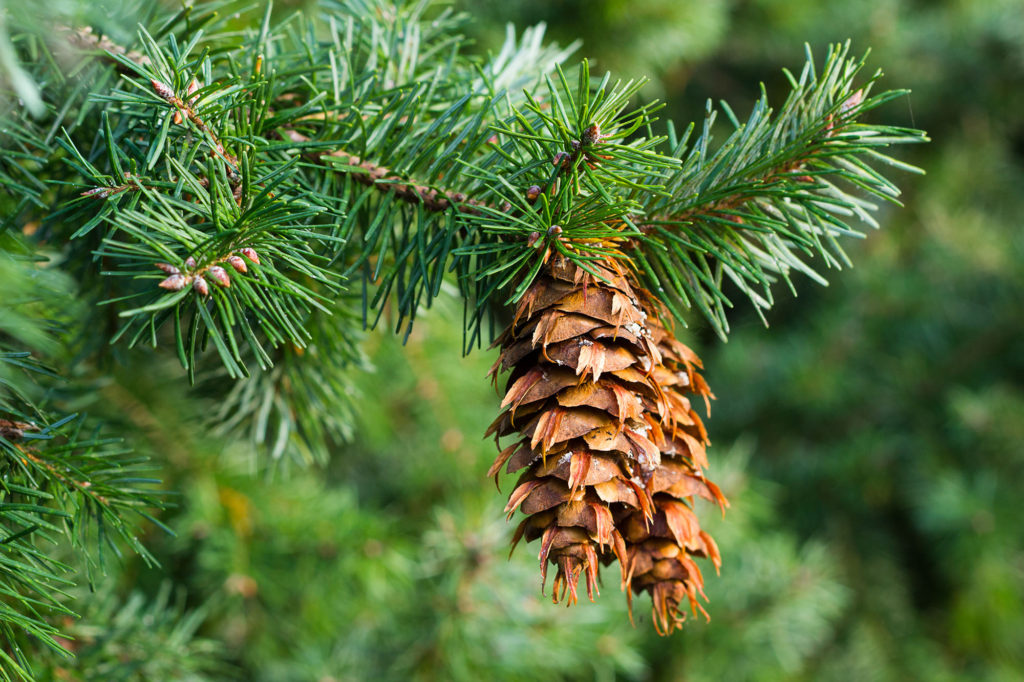
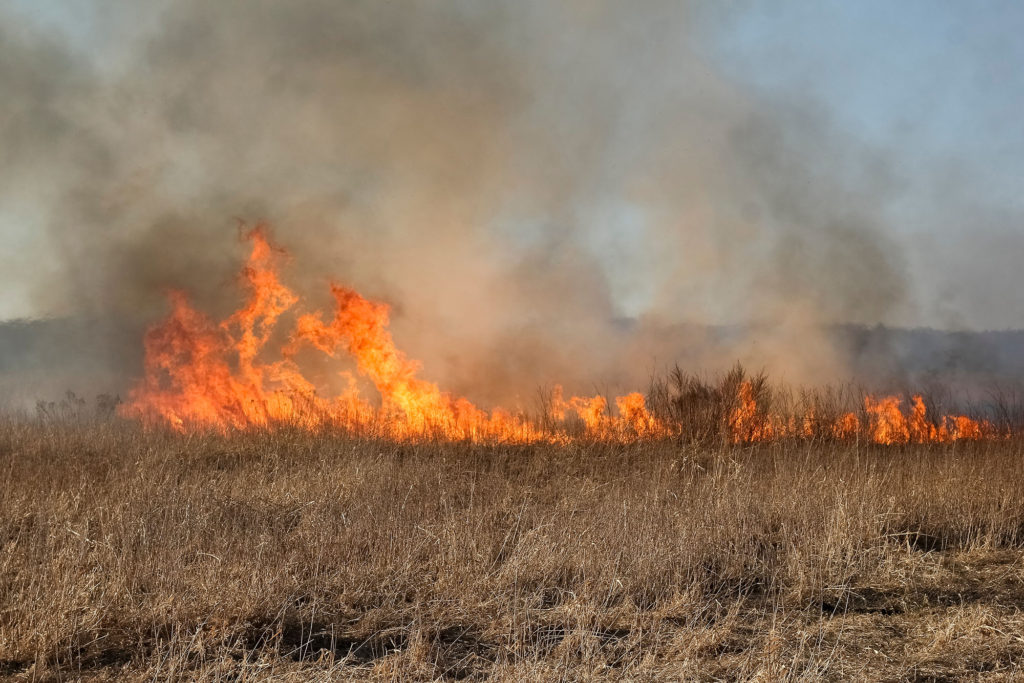
Humans have set the Willamette grasslands on fire for thousands of years. What is a possible advantage of setting these controlled fires?
The next section describes how to incorporate science learning into explorations beyond this course.

Check your knowledge. Can you:
- Describe what it means to be scientifically literate, providing examples of how to enhance science literacy?
- Review and list the seven steps to study a new environment?
- Recall some of the concepts covered earlier in the course in the context of studying habitats?





